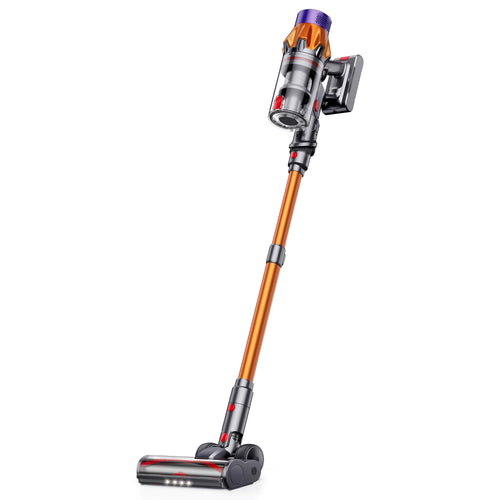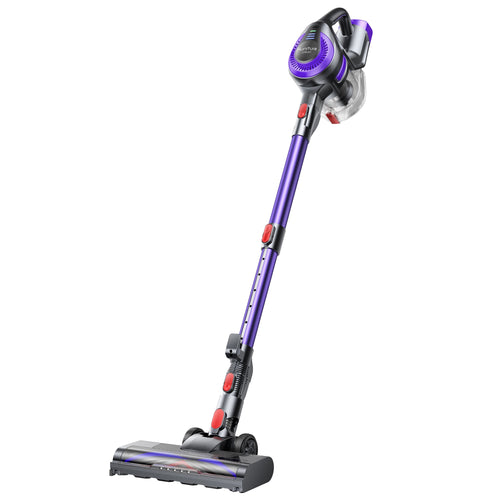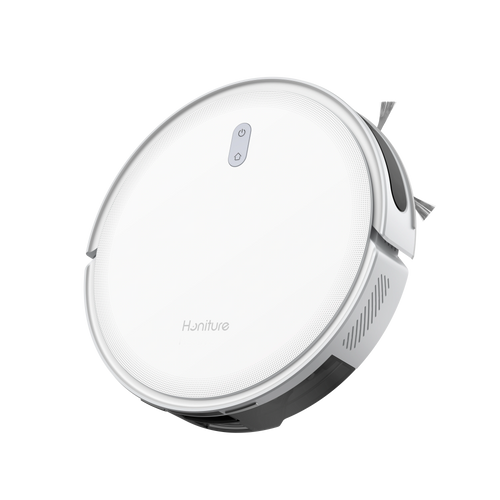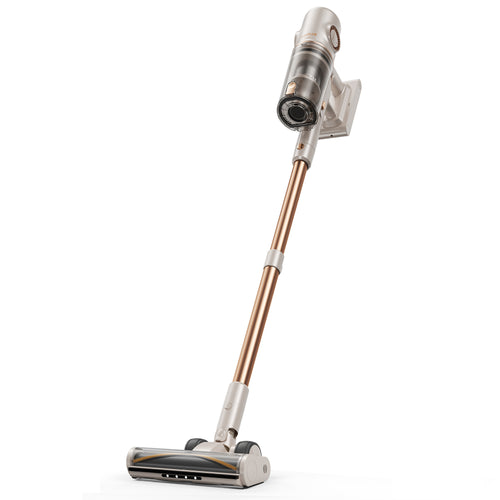The lifespan of wooden floors is influenced by factors such as the material of the wood, installation quality, the environment in which it is used, and daily maintenance. After selecting the right hardwood flooring, regular cleaning, waxing, oiling, and avoiding drastic temperature and humidity changes can help maintain both the appearance and functionality of the floor for a long time, keeping its shine intact. Whether you're exploring ways to easily clean the hardwood floors in your home or in the process of choosing new flooring, we hope this article, which covers everything from selecting hardwood flooring to daily cleaning tips, will be helpful.
When considering wood flooring, multiple factors need to be taken into account, including the type of wood, durability, aesthetics, budget, and the installation environment.
Types of Wood Flooring:
Wood flooring comes in several types, each with its advantages and considerations. Here are the main types you might encounter:
Hardwood Floors
Hardwood floors are made from solid wood such as oak, walnut, maple, and cherry. Known for their durability, aesthetic appeal, and high quality, hardwood floors offer natural grain patterns and colors that give a warm, organic feel to any room. Each plank of hardwood flooring is unique in its appearance, which is one reason it's so popular. With proper care, hardwood floors can last anywhere from 50 to 100 years or even longer.
Pros: Durable, with strong resistance to pressure. Offers a natural, beautiful look and rich textures.
Cons: Higher cost, sensitive to changes in humidity and temperature, which can lead to expansion or contraction.
Best for: High-end homes, business spaces, or any location that requires long-lasting, beautiful flooring.
Softwood Floors
Made from wood such as pine or fir, softwood flooring is a more affordable option. Although softer and less durable than hardwood, it has a cozy, warm appearance and is made from natural, sustainable materials. The lifespan of softwood floors typically ranges from 10 to 30 years.
Pros: Lower price, soft texture, and a warmer, more rustic look.
Cons: More prone to scratches and dents, making them less durable than hardwood floors.
Best for: Budget-conscious families who want the natural look of wood.
Engineered Wood Flooring
Engineered wood floors are made from multiple layers of material, with the top layer being real wood and the underlying layers made from high-density fiberboard (aslo call HDF or hardboard) or plywood. This combination gives engineered wood a balance of the natural beauty of hardwood and the affordability and stability of composite materials. Engineered wood has become very popular in recent years, especially for both residential and commercial spaces.
Pros: Great value for money, durable, easy to install, and resistant to warping.
Cons: Though the surface looks like hardwood, it is made of multiple layers, so it may not feel as authentic or solid.
Best for: Homeowners on a budget who want a cost-effective, low-maintenance flooring solution, especially for modern or minimalist designs.
Factors Affecting the Longevity of Wood Flooring
While the material is important, proper installation and maintenance are key to ensuring that your wood floors last as long as possible. Even the best-quality wood floors can quickly show signs of wear if not installed or cared for properly. Here are some factors that will influence the durability and maintenance of your wood flooring:
Installation Quality
The quality of installation is crucial to the lifespan of wood flooring. Poorly installed floors can warp, buckle, or wear out quickly. For example, if the floor is not properly spaced to allow for expansion and contraction due to humidity and temperature changes, it may crack or warp over time. A professional installation ensures the floor will last longer and perform optimally.
During installation, it’s essential to leave sufficient gap space to accommodate temperature and humidity fluctuations, preventing damage from expansion or contraction.
Humidity and Temperature Control
Wood floors are highly sensitive to changes in humidity and temperature. Too much moisture or excessive dryness can cause the wood to expand, contract, crack, or warp. Ideally, the indoor humidity should be maintained between 40% and 60%. Keeping your home at a consistent temperature and humidity level is essential to avoid floor damage.
Tip: Regularly check the seams of your flooring to ensure there is no accumulated water or moisture in the gaps.
Avoid Heat and Direct Sunlight
Direct exposure to sunlight can fade or distort the color of your wood floor, while heat sources like radiators or hot appliances can cause the wood to shrink or crack. To protect your floor:
Use curtains or blinds to reduce direct sunlight exposure.
Keep hot objects (like heaters or hot pots) away from the floor to avoid heat damage.
Surface Wear and Tear
Over time, the finish on your wood floor will wear down due to foot traffic, furniture movement, and general use. Once the coating wears off, the floor becomes more vulnerable to damage. To maintain its luster and protect the surface, it is important to regularly apply wax or wood care oil. This will provide a protective layer, preventing scratches, stains, and moisture penetration.
Tip: If the surface of hardwood floors is damaged or heavily worn, sanding and refinishing can restore their appearance and quality. High-quality hardwood floors can be sanded multiple times, with each refinishing giving them a fresh, like-new look and extending their lifespan.
Regular Waxing and Maintenance
Waxing or applying wood floor care oil regularly helps create a protective layer on the surface. Waxing 1 or 2 times a year is usually enough, as over-waxing can lead to buildup and dull the floor's appearance.
Daily Maintenance of Wood Flooring
To preserve the beauty and extend the life of your wood floors, proper daily care is essential. Wood floors are prone to damage from moisture, dirt, and abrasive materials, but with the right cleaning methods, you can keep them looking great for years. Here are some key tips for daily maintenance:
1. Avoid Excessive Moisture
Do not use a wet mop on wood floors. Excess moisture can seep into the seams of the wood, causing expansion, warping, or peeling. Instead, use a damp mop and dry the floor with a clean cloth afterward. Immediately clean up any spilled liquids with paper towels to prevent water from soaking into the wood.
2. Use Gentle Cleaning Products
Avoid harsh chemicals, acids, or strong alkaline cleaners. These can damage the finish and cause discoloration. Use mild soap mixed with warm water, or buy a specialized wood floor cleaner. When cleaning, mix a small amount of warm water with a few drops of mild detergent, then gently wipe with a soft cloth.
For tough stains like paint or glue, skip harsh chemicals. Instead, use a specialized hardwood floor cleaner or mix warm water with a small amount of mild dish soap. Avoid cleaners with bleach or ammonia, as they can discolor or damage the wood. Always do a spot test first to ensure the cleaner won’t harm the floor.
3. Protect Against Scratches
Use doormats or rugs in high-traffic areas like entrances, hallways, and kitchens to minimize dirt, sand, and dust buildup. Place soft pads or furniture protectors under furniture to prevent scratches when moving pieces to prevent scratches and excessive wear. These simple steps will help preserve the surface and keep your floor looking new.
4. Regular Sweeping and Vacuuming
Use a Soft-Bristled Broom or Vacuum Cleaner: Sweep or vacuum the floor daily to remove dust and debris, preventing small particles from accumulating and causing scratches. It's best to use a vacuum cleaner with a soft brush attachment to protect the floor from damage.
Clean the corners and gaps using a vacuum with a narrow nozzle to prevent dirt buildup in hard-to-reach areas.
5. Avoid Excessive Friction
Don’t use rough fabrics or brushes to clean the floor. Use soft microfiber cloths or cotton towels to avoid scratching the surface. If the wood surface gets scratched, you can use specialized wood floor repair markers or putties to fix minor imperfections.
Vacuum Cleaners for Wood Floors
While specialized vacuums for hardwood floors are not strictly necessary, they can be helpful for better maintenance. Here are some features to look for when choosing a vacuum for hardwood floors:
-
Choose a vacuum attachment with a soft brush head to avoid scratching the floor with hard objects.
-
Adjust the suction power to prevent excessive suction from damaging the floor.
-
Regularly clean the vacuum attachment and crevices to keep the vacuum cleaner in good condition.
-
Use vacuum attachments and tools that are suitable for cleaning wooden floors.
1. Vacuum Head Selection
Soft brush head: Choose a vacuum with a soft-bristle brush head to avoid scratching the floor. Hard vacuum heads can cause friction, especially on floors with existing scratches.
Flat nozzle: A flat vacuum head can also help reduce friction between the vacuum and the floor.
2. Adjustable Suction Power
Choose a moderate suction setting: Excessive suction can create too much friction when the nozzle makes contact with the wooden floor, potentially causing scratches. Many vacuums now feature adjustable suction, allowing you to switch between settings for carpets and wood floors. It's best to set the suction power to a moderate level to protect the wooden floors.
3. Vacuuming Tips
Clean the vacuum head regularly to prevent dirt or debris from scratching the floor.
Be cautious when moving the vacuum around to avoid dragging it and causing friction with the floor.
4. Specialized Vacuum Cleaner on Hardwood Floors
While specialized hardwood floor vacuums often come with softer suction heads and are specifically designed for wood floors, regular vacuum cleaners are usually sufficient for everyday cleaning. You don't have to find the best vacuum for hardwood floors but the main advantage of specialized vacuums is their design, which includes gentle suction power and soft heads, minimizing friction and protecting the surface of the floor.
Conclusion
Choosing and maintaining wood floors involves careful consideration of the type of wood, installation quality, environmental conditions, and proper cleaning techniques. With the right care, wood floors can add beauty, warmth, and value to your home for decades. Whether you're installing new floors or maintaining existing ones, understanding the best practices for care and maintenance will help you enjoy your wood floors for many years.
































